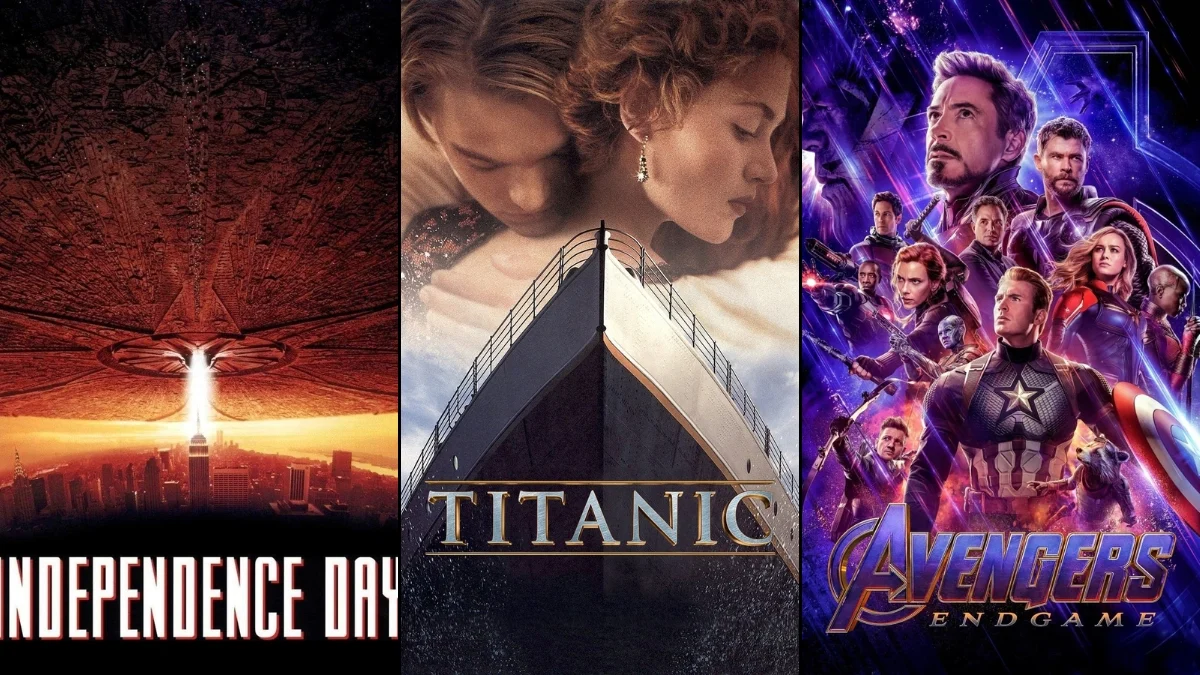
Movies often ask us to set aside logic so we can enjoy the story. We usually don’t mind small mistakes or gaps in the plot when a film is exciting or dramatic. These plot holes can be anything from little continuity errors to big problems that undermine the entire movie. Spotting these flaws doesn’t always ruin a film, but it can give you a different way of looking at favorites. Here are twenty-five films with noticeable plot holes that fans have generally chosen to overlook for the sake of enjoying the movie.
‘Armageddon’ (1998)

The movie’s central idea—training oil drillers to be astronauts instead of astronauts to drill—is completely illogical, but drives the entire plot. Ben Affleck even questioned this to the director, Michael Bay, while filming, but was told to drop it. The film skips over the extensive physical and psychological preparation astronauts need, choosing instead to focus on a story about everyday working-class heroes.
‘The Matrix’ (1999)

The premise of the machines using humans for power doesn’t make scientific sense, as it would take more energy to keep a person alive than they could ever generate. An earlier idea, where human brains were used as processing units, was actually more logical. The filmmakers streamlined the concept for wider appeal, but this created a major plot hole regarding the energy source.
‘Signs’ (2002)
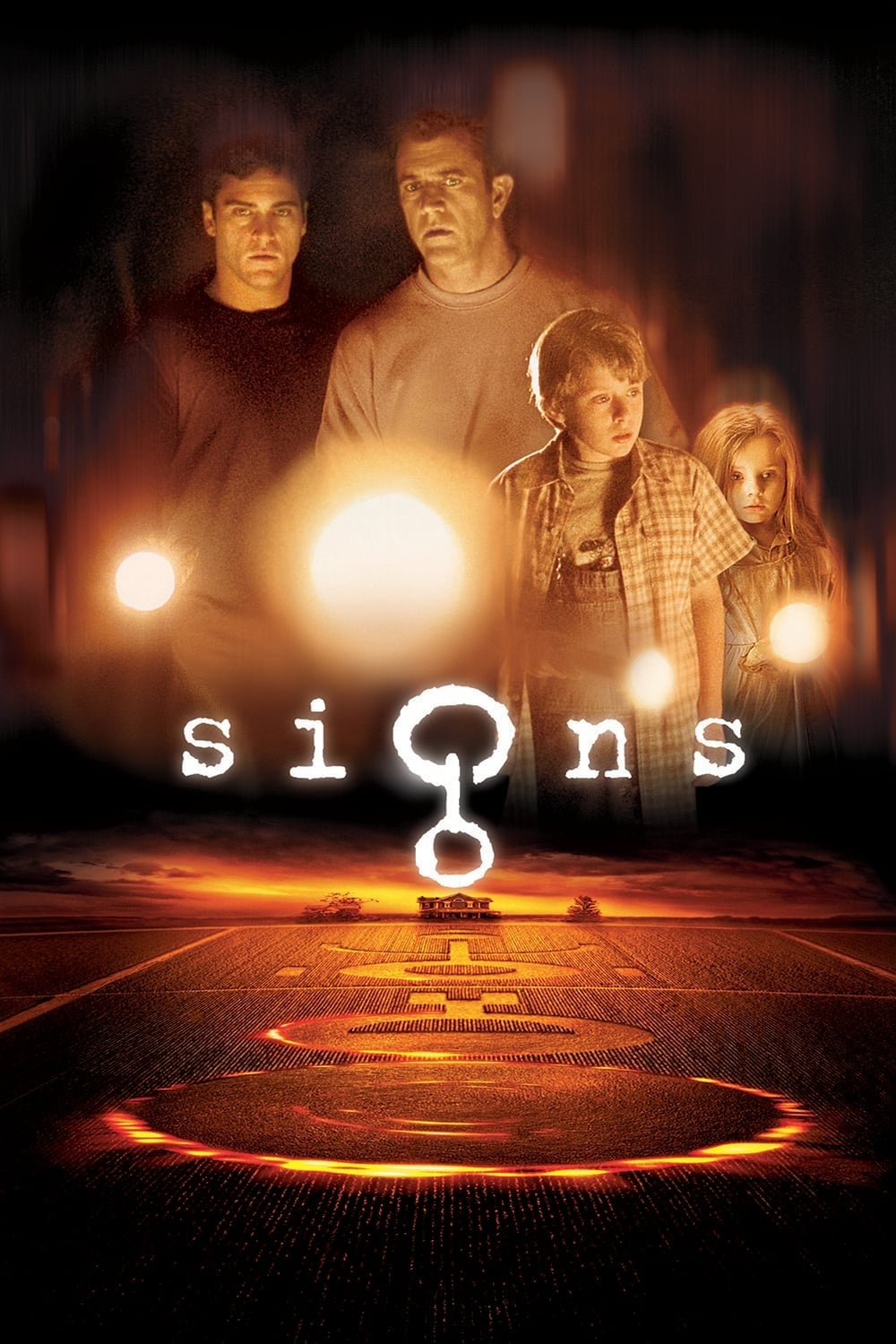
An alien species attacks a water-covered planet, even though water severely harms them. Bizarrely, they choose to fight naked in cornfields, with no protection or high-tech weapons. It doesn’t make sense – you’d expect a space-faring civilization to check for dangers first. The story relies on us overlooking this huge, obvious mistake to create any sense of fear.
‘Back to the Future’ (1985)
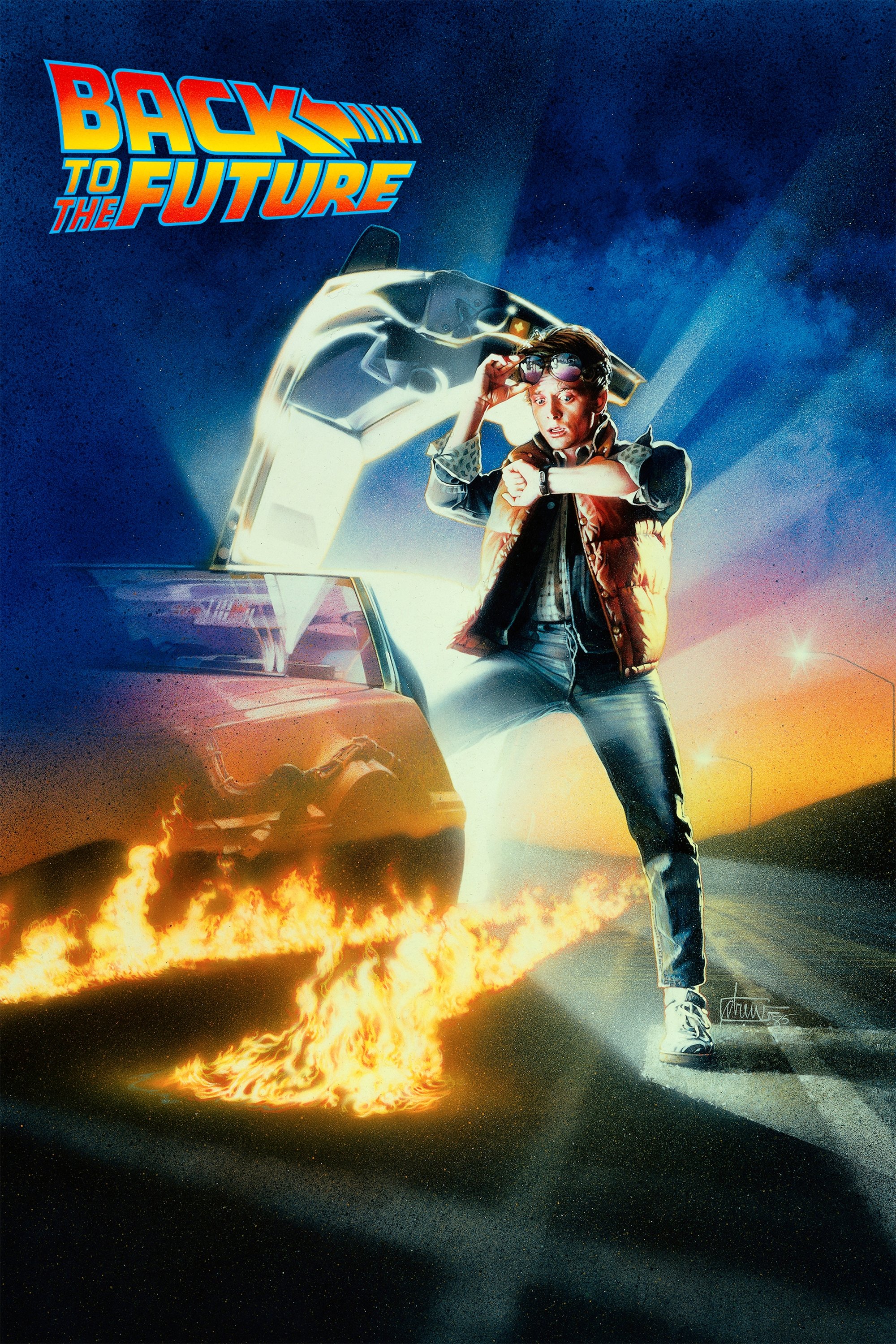
In the movie, Marty McFly spends a lot of time with his parents when they’re teenagers in 1955, but they don’t recognize him as their future son. While George and Lorraine thank Marty for helping them fall in love, they completely forget what he looks like. It’s strange, because most people would remember someone who had such a big impact on their young romance. The movie doesn’t focus on this oddity, though, because it wants to keep the story lighthearted and maintain the happy ending.
‘Toy Story’ (1995)

Buzz Lightyear is convinced he’s a real space ranger, not a toy. However, he still freezes up when people are near, just like the other toys. This is confusing, because if he truly believes he’s a space ranger, instinctively hiding like a toy doesn’t make sense. The movie never explains this contradiction; it simply happens to help move the story forward alongside Woody.
‘Titanic’ (1997)

Rose survives the sinking by floating on a large piece of wreckage, while Jack tragically dies in the freezing water. Despite evidence showing the debris could have supported both of them, Jack doesn’t try to climb on and seems to give up quickly. The heartbreaking scene depends on a well-known mistake in how things float, a point that fans and scientists have argued about for years.
‘The Karate Kid’ (1984)
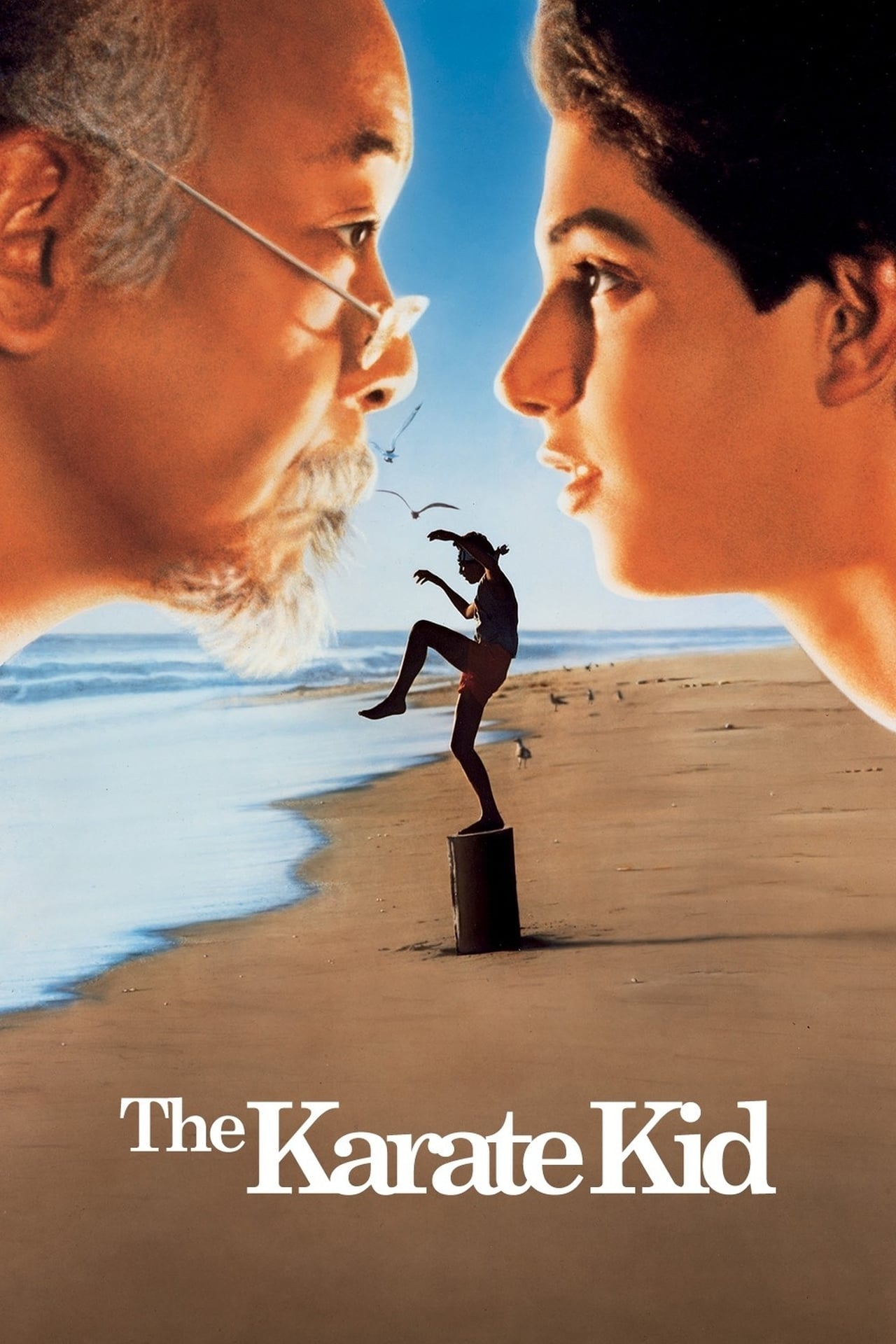
In the movie, Daniel LaRusso wins the karate tournament with a kick to the face, even though the referee had clearly said beforehand that face kicks weren’t allowed. He should have been disqualified, but the film presents it as a great display of skill instead of a rule-breaking move.
‘Independence Day’ (1996)
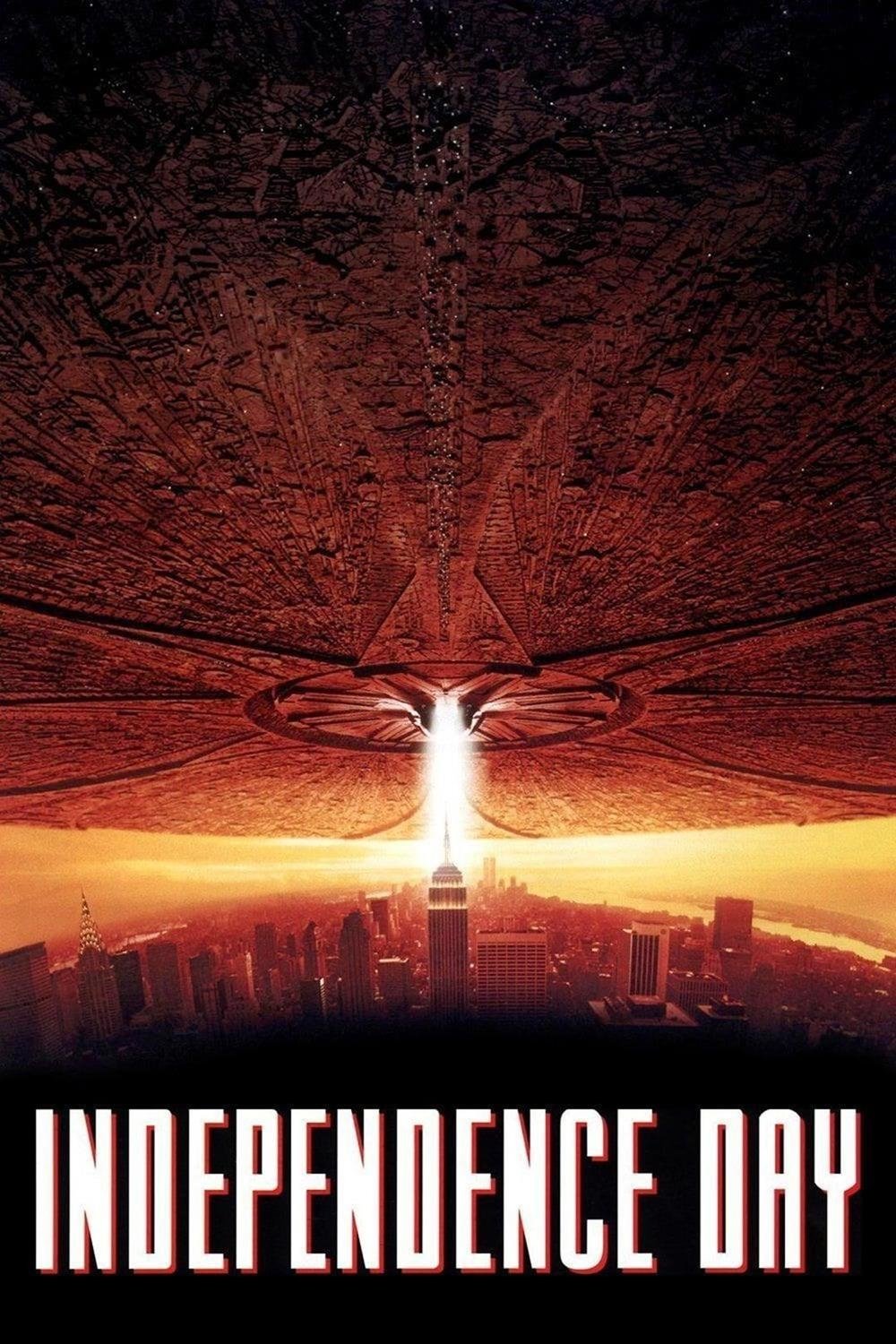
David Levinson manages to upload a virus to the alien mothership using a regular Macintosh laptop. It’s highly unlikely that a human computer program would actually work with such advanced alien technology, considering they probably use completely different programming and hardware than what existed on Earth in the 1990s. The story simply uses this convenient method to quickly end the conflict without explaining how it was possible.
‘Ant-Man’ (2015)

The film explains that shrinking makes objects more dense by squeezing atoms closer together, without changing their weight. This means Ant-Man carries around a tank that should be incredibly heavy, and he’s able to walk on things—even people—without causing damage, all while still weighing as much as a normal-sized person. However, the movie frequently ignores its own rules about size and weight to make the action scenes more exciting.
‘Citizen Kane’ (1941)
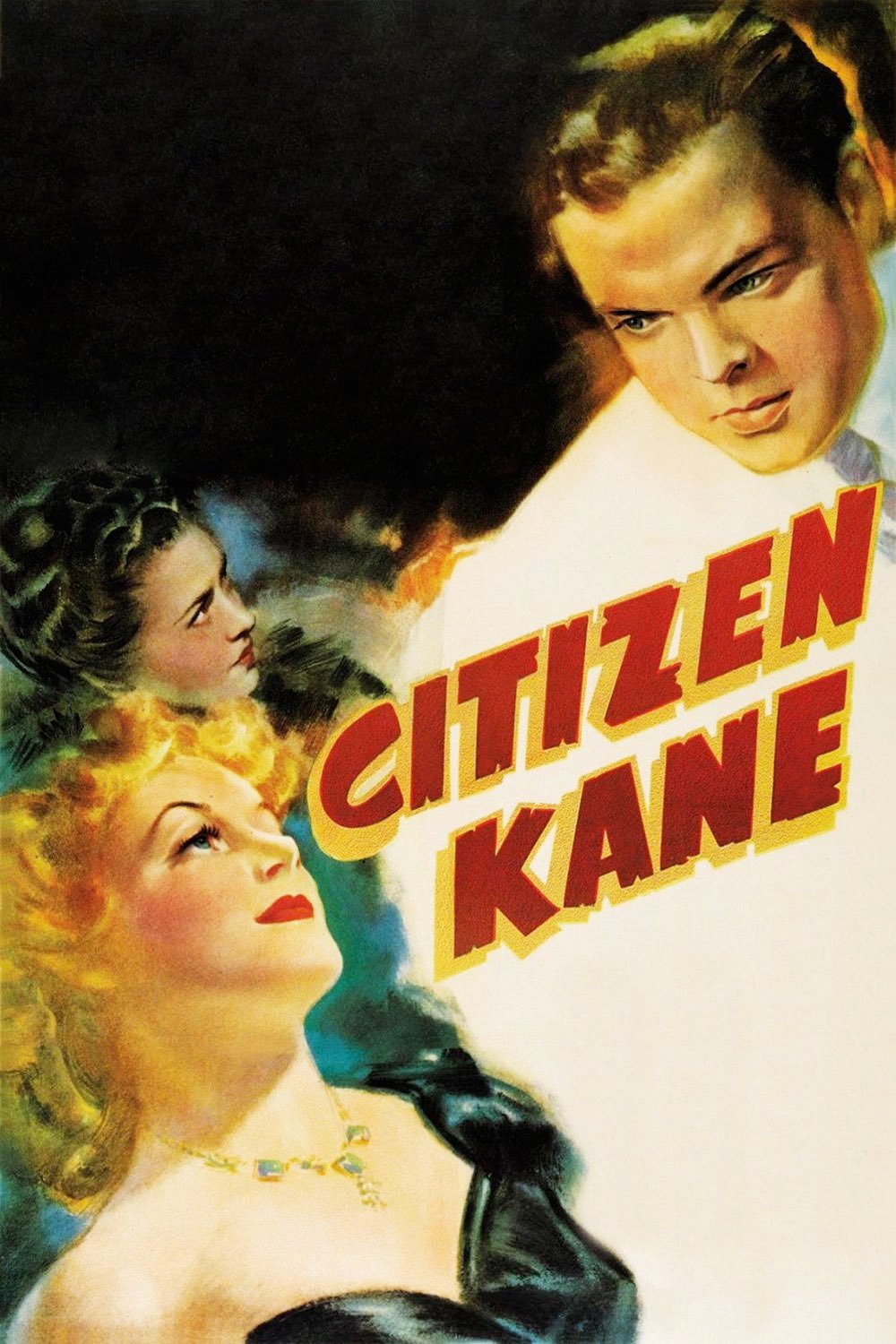
Charles Foster Kane dies alone, uttering a single word – ‘Rosebud.’ Though no one hears his last words, the meaning of ‘Rosebud’ becomes the central puzzle of the story. A nurse arrives only after a snow globe falls and breaks, and the entire plot unfolds around a secret that no one actually witnessed.
‘A Quiet Place’ (2018)

The Abbott family lives in constant fear, forced to stay completely silent to avoid terrifying creatures that hunt by sound. They realize they can talk without being detected near a loud waterfall, which covers up any noise they make. It would have been much safer to simply move their home closer to the waterfall, but the filmmakers keep them in a vulnerable location to build suspense and create a more frightening experience.
‘Star Wars: Episode IV – A New Hope’ (1977)

The Empire didn’t destroy an escaping pod from a captured ship because their sensors showed no one was inside. This seemingly small decision let the droids carrying vital plans for the Death Star reach Tatooine. Typically, a strict military force would eliminate any unauthorized escape to be certain of control. This brief hesitation by the Imperial gunner ultimately paved the way for the entire Rebel Alliance to succeed.
‘Jurassic Park’ (1993)

The T-Rex crashes through the paddock fence, right at the level of the tour vehicles driving by. Almost immediately after, the dinosaur shoves a car over the same broken section of fence, revealing a huge cliff below. The landscape of the enclosure seems to change instantly, creating a dramatic and exciting scene. Spielberg chose to focus on the impact of the car falling rather than making sure everything looked geographically consistent.
‘Harry Potter and the Prisoner of Azkaban’ (2004)

Hermione Granger gets a Time-Turner that lets her take multiple classes simultaneously. Interestingly, despite the magical world having the ability to alter the past, it’s only used for something as simple as managing a school schedule. No one considers using it to prevent tragedies like Voldemort’s rise or save lives, and the Time-Turner is later conveniently removed from the story to keep things straightforward.
‘Gremlins’ (1984)
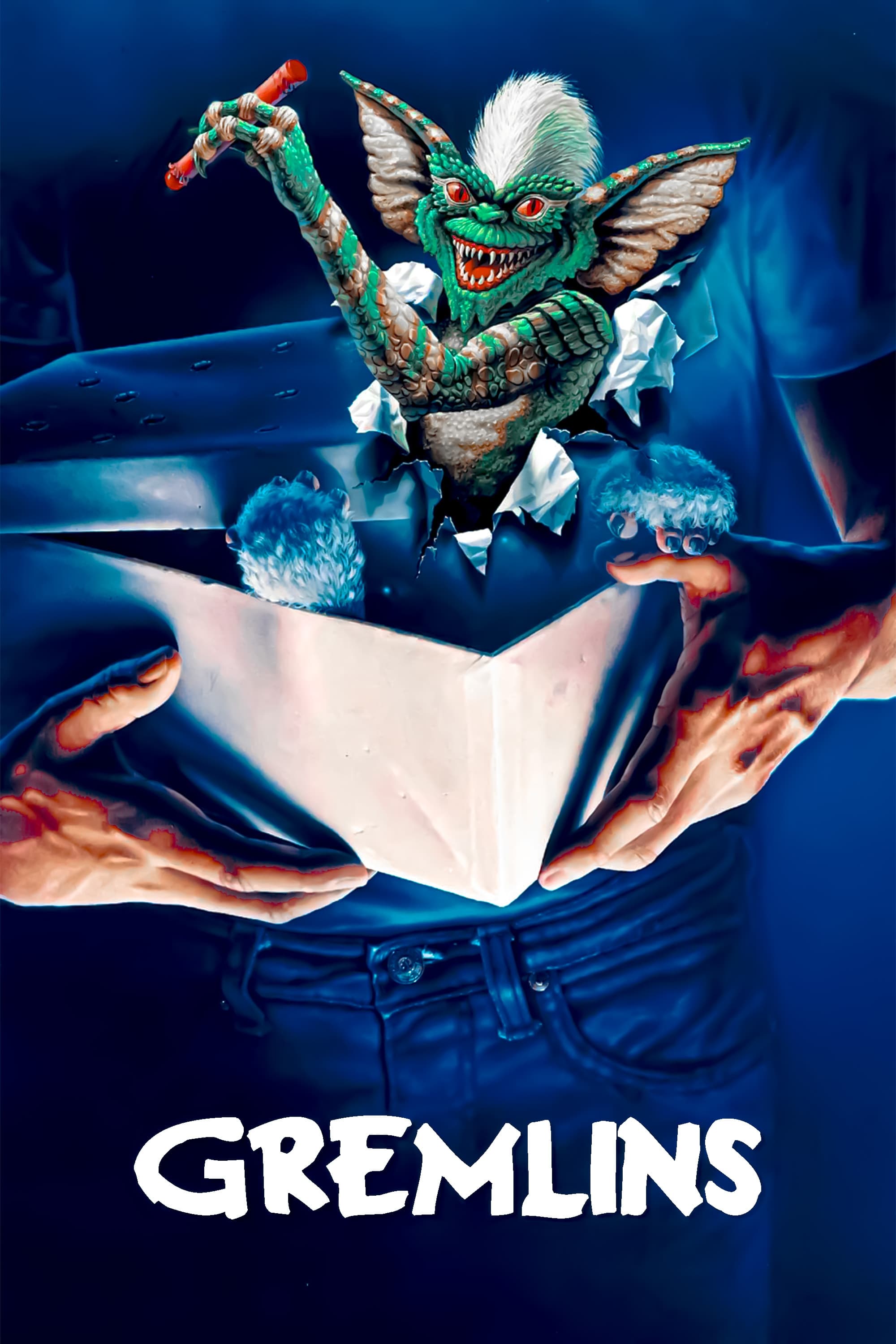
The central rule in the story is to never feed a Mogwai after midnight. However, the movie doesn’t explain exactly when midnight ends and the next day begins, creating a confusing timeline. This is further complicated if the Mogwai travels to a different time zone. While this vagueness adds to the scary aspects of the film, it doesn’t really make logical sense.
‘The Dark Knight Rises’ (2012)

Bane throws Bruce Wayne into a faraway, hidden underground prison. Remarkably, Bruce manages to escape and return to Gotham City in just a few hours, even though he has no money or supplies. Gotham is under strict military control and completely isolated. The movie doesn’t explain how Bruce traveled so quickly, focusing instead on the climactic battle.
‘E.T. the Extra-Terrestrial’ (1982)

Early in the movie, the alien shows it can lift things and fly. But later, it falls into a hole and needs Elliot to help it out. It’s strange because the alien could have easily flown out of the hole or even back to its spaceship at the beginning. It seems the story limits the alien’s powers whenever it needs to create problems for the kids to solve.
‘Cinderella’ (1950)
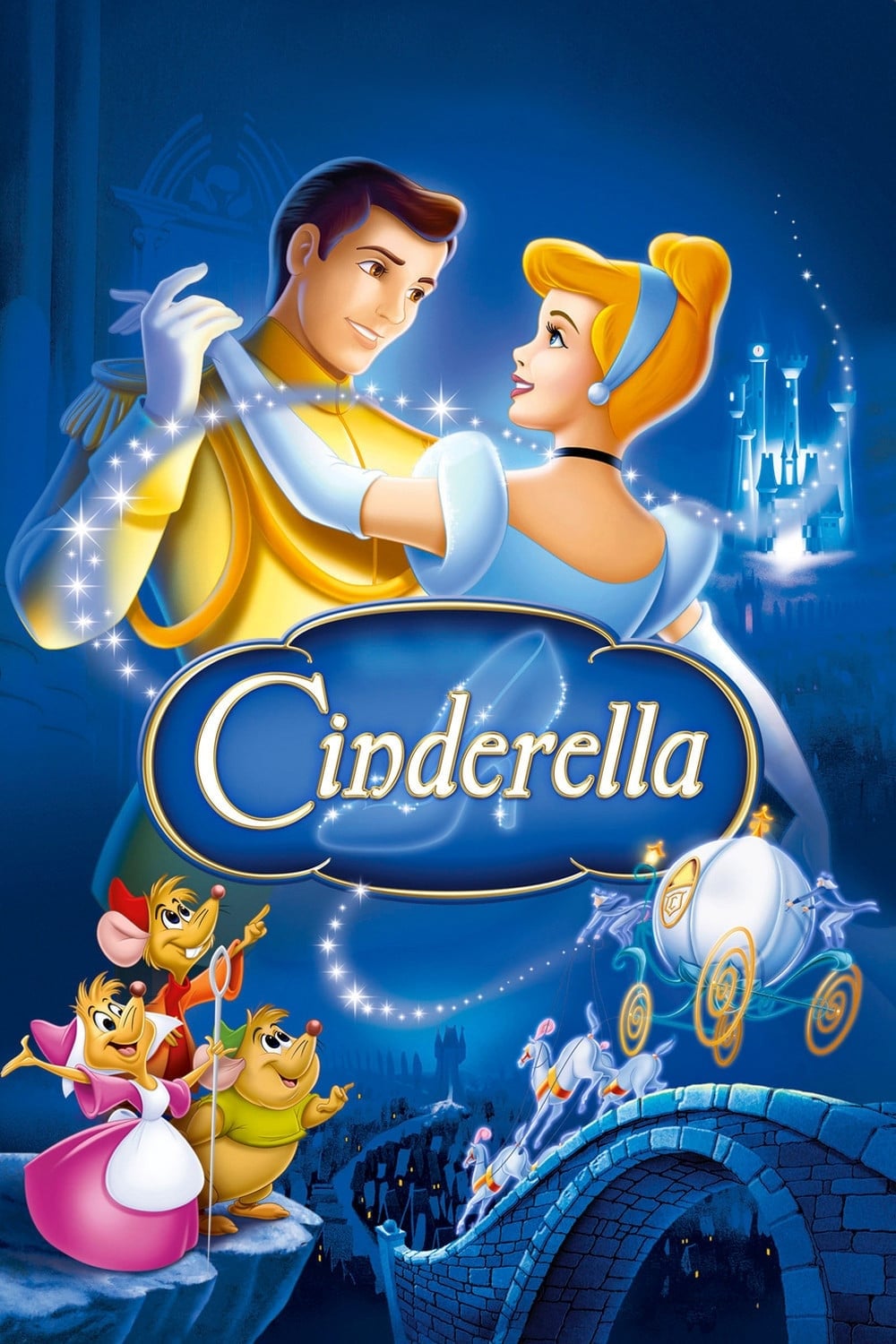
The Fairy Godmother’s spell breaks at midnight, turning everything back to normal. Surprisingly, Cinderella’s glass slippers don’t disappear, even though her dress and carriage do. The prince is able to find Cinderella using the slipper, which shouldn’t have survived the spell’s end. This unusual detail is what allows the story to have its happy ending.
‘Wonder Woman 1984’ (2020)

Steve Trevor is resurrected by taking over the body of an unsuspecting man, effectively stripping him of control. The film depicts a romantic relationship between Diana and Steve while he’s in this borrowed body, without acknowledging the ethical problems. Instead of portraying this as a disturbing situation for the man whose body is being used, the movie frames it as a happy reunion, prioritizing the return of a beloved character over addressing the serious issues of consent and bodily autonomy.
‘Frozen’ (2013)
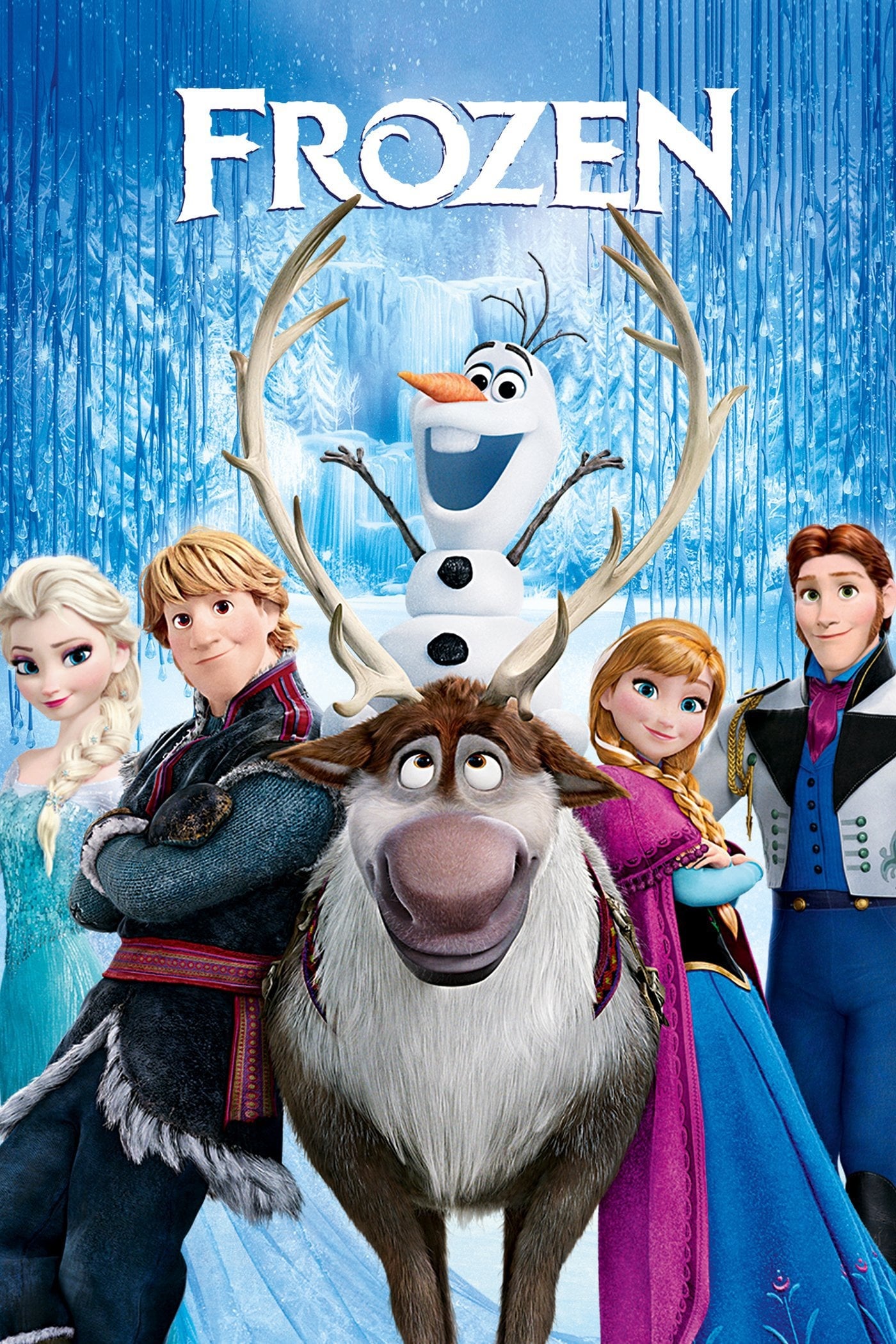
Kristoff was raised by trolls after getting separated from the ice harvesters when he was little. Surprisingly, no one seemed to notice he was gone, and no one looked for him. While the movie hints he might have been orphaned, it doesn’t explain why no adults cared that he disappeared. Disney prioritizes the fantasy aspects of the story, overlooking the carelessness of the human characters.
‘Gravity’ (2013)
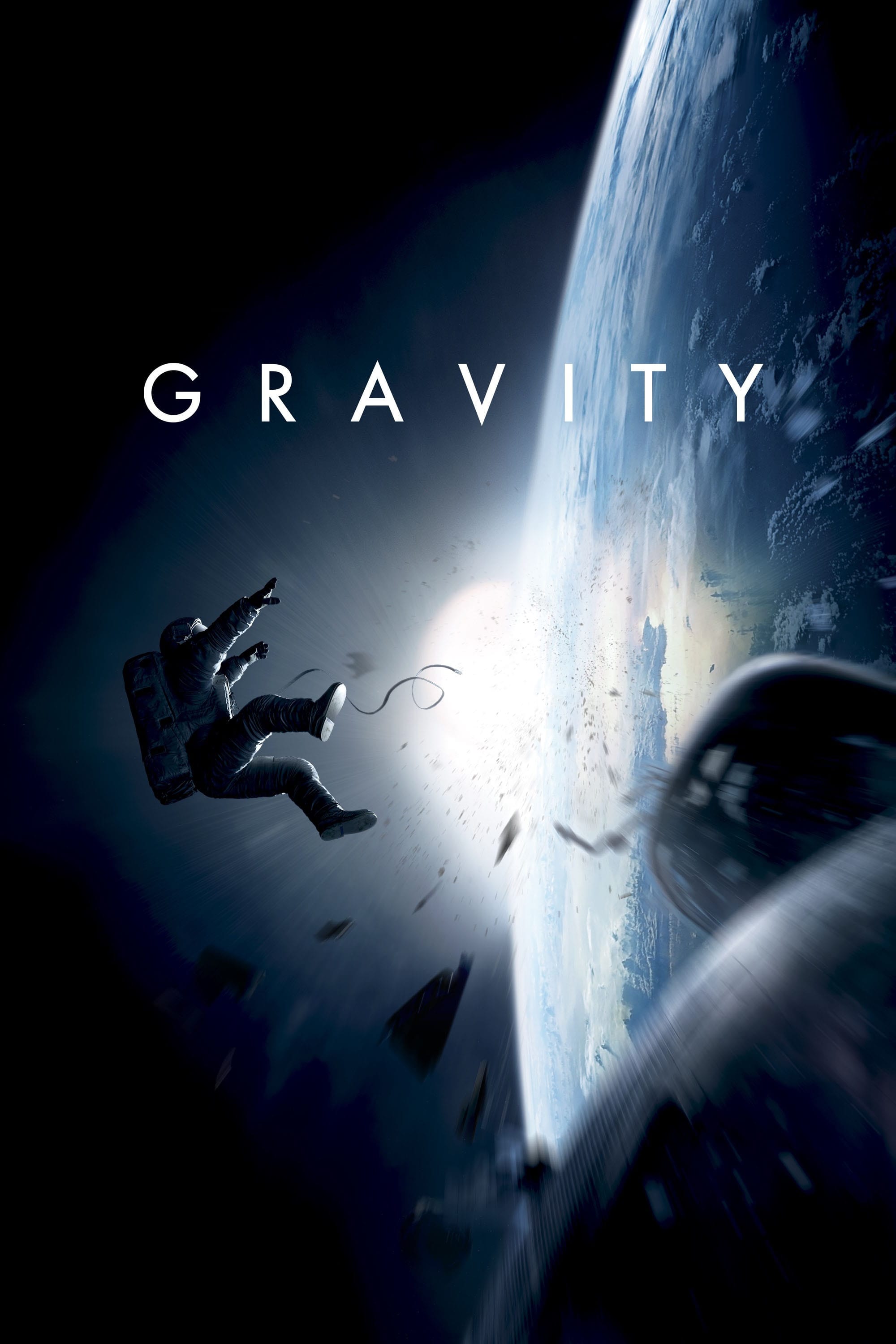
Kowalski unclips the rope connecting him to Stone, claiming it wouldn’t support their combined weight. However, in space, a gentle pull would have easily brought him back to her once they both stopped moving. Because of the lack of gravity, his weight wouldn’t have mattered. While his decision adds drama, it doesn’t make sense considering how objects behave in space.
‘Spider-Man: No Way Home’ (2021)

Doctor Strange uses magic to make everyone forget Peter Parker ever existed. This means not only do people not remember him, but records of his life – like school documents and photos – are also gone. The movie doesn’t explain how he manages to live a normal life without any identification, such as a birth certificate or social security number, creating a potentially huge logistical problem that’s simply ignored.
‘Avengers: Endgame’ (2019)

The Avengers went back in time to get the Infinity Stones, intending to put them back exactly where they found them. However, Captain America chose to remain in the past and live a life with Peggy Carter. According to the Ancient One, this should have created a new, separate timeline. Despite this, he unexpectedly reappeared as an elderly man in the present, without using the time-traveling quantum tunnel.
‘The Little Mermaid’ (1989)
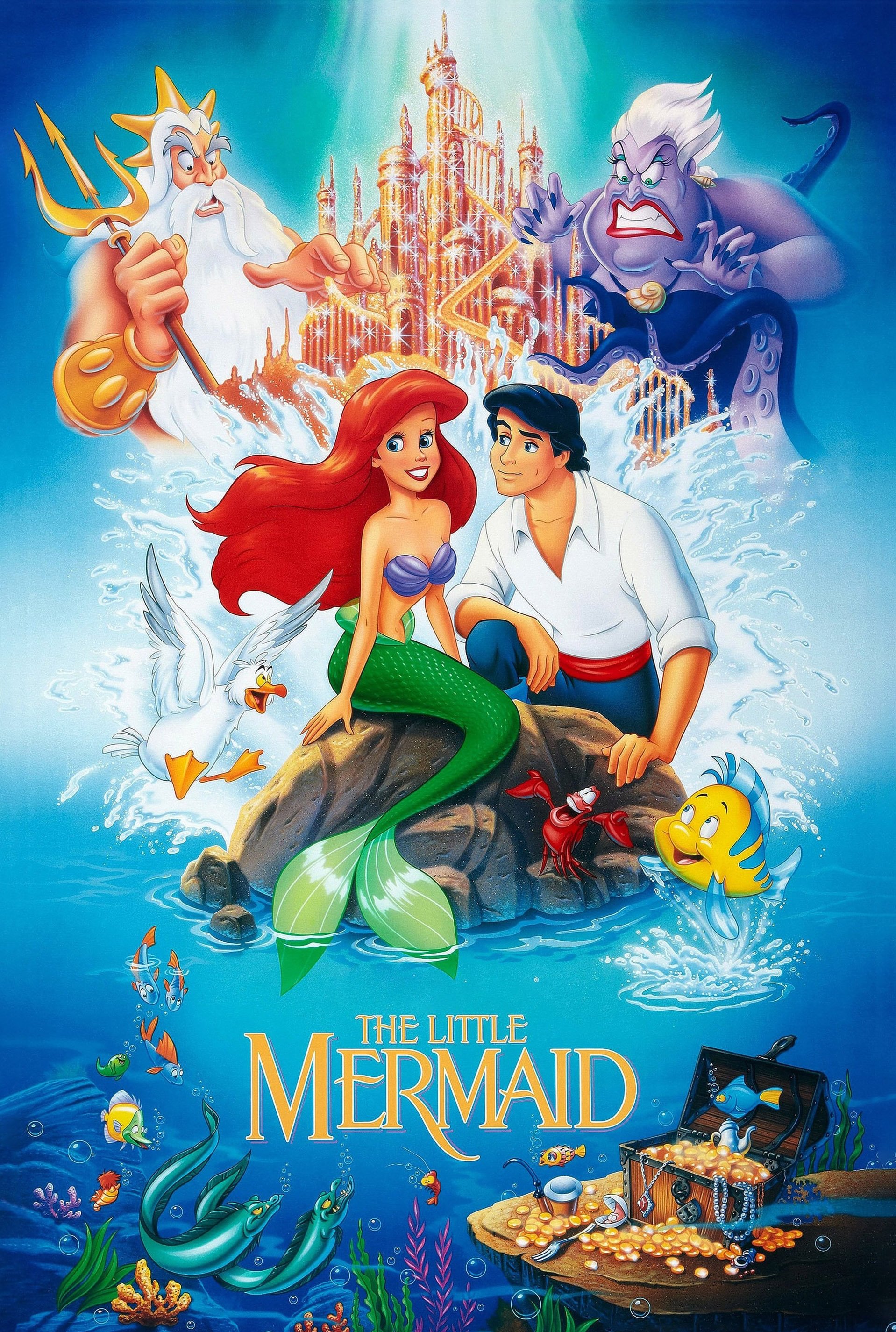
Ariel gives up her voice to the sea witch Ursula to get legs and try to win Prince Eric’s love. Surprisingly, after signing a magical contract, she can’t seem to find a way to communicate with him. It’s odd because she easily could have just written him a letter explaining who she is and what happened. The whole problem happens because she suddenly acts like she can’t write, even though she clearly can.
‘Saw’ (2004)

Throughout the movie, the villain Jigsaw pretends to be dead, lying motionless on the floor. It’s hard to believe he could stay perfectly still and silent for so long without anyone noticing even a slight movement or his breathing. The plot twist relies on ignoring what’s biologically possible for a person to do.
Tell us which of these plot holes bothered you the most in the comments.
Read More
- DOGE PREDICTION. DOGE cryptocurrency
- Calvin Harris Announces India Debut With 2 Shows Across Mumbai and Bangalore in November: How to Attend
- EQT Earnings: Strong Production
- Docusign’s Theatrical Ascent Amidst Market Farce
- The Relentless Ascent of Broadcom Stock: Why It’s Not Too Late to Jump In
- TON PREDICTION. TON cryptocurrency
- Ultraman Live Stage Show: Kaiju Battles and LED Effects Coming to America This Fall
- HBO Boss Discusses the Possibility of THE PENGUIN Season 2
- Why Rocket Lab Stock Skyrocketed Last Week
- The Dividend Maze: VYM and HDV in a Labyrinth of Yield and Diversification
2025-11-26 18:47